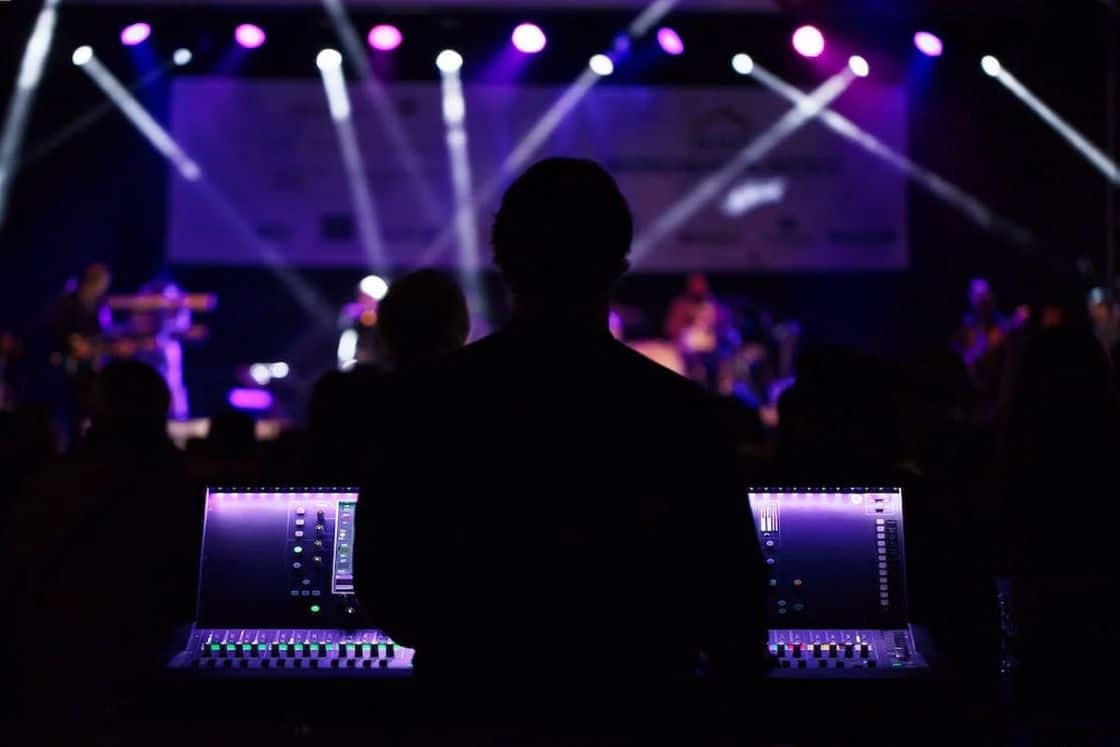The initial phase in video mapping on curved surfaces is to understand the shape of the area. Curved areas can be complex, with varying degrees of bend. To attain a smooth projection, it is important to create a 3D representation of the surface. This model helps in visualizing how the footage will look when cast. Software tools are available that allow users to create these models and mimic the display. By precisely mapping the dimensions and contours of the surface, creators can guarantee that the video aligns perfectly without warping.
Once the 3D representation is ready, the next phase is to edit the footage content. This involves editing the video to suit the particular form and size of the rounded area. It is essential to consider the angles and sightlines from which the viewers will view the projection. The material should be crafted to enhance the visual encounter, making truss system design principles it engaging and pertinent to the concept of the occasion or setup. Using high-quality graphics and animations can significantly enhance the total impact of the display.
After editing the content, the real display process begins. This involves placing up the projectors at the correct positions and spaces to ensure that the video aligns with the 3D model. Calibration is a key part of this process. It may require adjusting the brightness, contrast, and sharpness of the devices to achieve the best outcomes. Additionally, using several devices may be required to cover larger or more complex areas. This technique, known as edge blending, helps form a seamless visual across the whole surface.

Finally, testing the display is crucial before the conclusive presentation. This allows designers to make any required adjustments to the footage and device settings. It is also an chance to see how the audience will perceive the projection from different viewpoints. By confirming that the footage mapping is flawless, creators can deliver a remarkable aesthetic experience that creates a memorable impression. Perfecting video mapping on rounded surfaces not only enhances artistic output but also opens up new opportunities for storytelling and audience engagement in multiple settings.